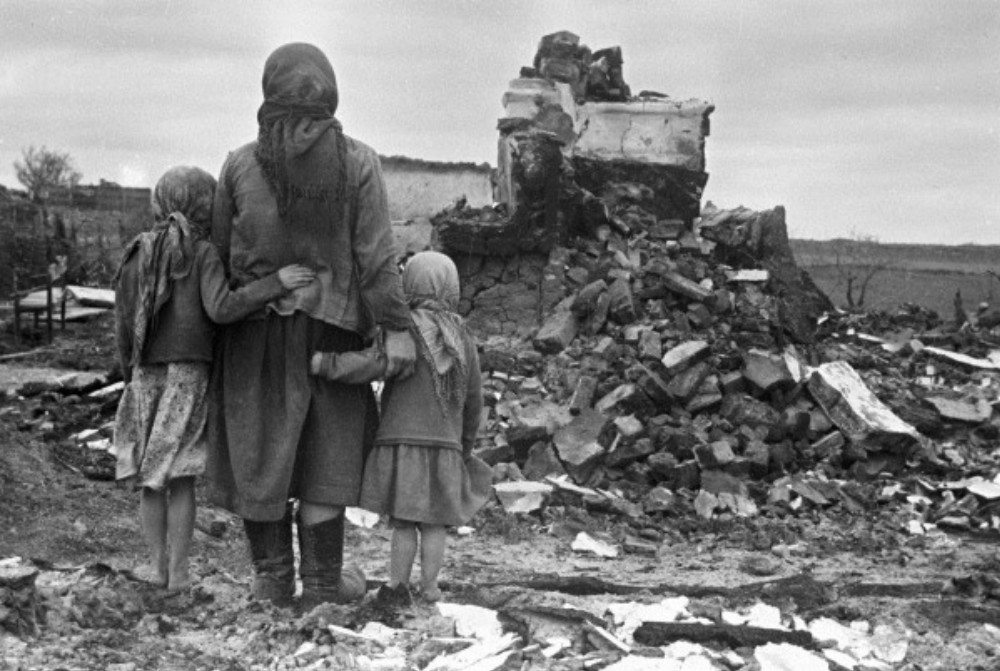Biodiversity and Ethnolinguistic Attrition in Papua New Guinea
Written by Bianca Curtin
Papua New Guinea is at present the most linguistically diverse nation worldwide, boasting about 840 living languages that belong to at least 33 family classifications. However, this astounding diversity is currently under threat, with over 32% of the lands’ indigenous dialects declared to be endangered. Whereas previously multilingualism thrived in the region’s lack of an official dialect, now the nation has instituted a dominant lingua franca, the English-based creole Tok Pisin, and established English as its formal education language, thereby contributing to the rapid deterioration of such diversity. A research project published in 2021 by the Proceedings of the National Academy of Science in the United States (PNAS) found that only 57.7% of surveyed secondary-school students were fluent in an indigenous dialect, compared to 90.8% of students’ parents. Conductors of the study suggest that this language attrition is the “result of economic and social development of a country undergoing globalization,” most notably affected by rising rates of urbanization as well as population growth.

(Pictured: PNAS survey data on PNG language and ethno-biological knowledge decline)
Papua New Guinea is also highly diverse in terms of biodiversity, estimated to have upwards of 200,000 species of fauna and flora, about half of which still are yet to be named. Forest estate occupies about 71% of the nation’s total land area, including the world’s third largest tropical rainforest, preceded only by the Amazon and the Congo Basin. Yet, studies show that, at present, approximately 15% of PNGs rainforest estate is degraded, being lost at an annual rate of 1.4%. The Wildlife Conservation Society Newsroom reports that in the past three decades, a quarter of the nation’s rainforests have been destroyed. This inevitably has led to an alarming decline in terms of regional biodiversity, further threatened by lack of regulation, industrialization and infrastructural projects, as well as pollution. The industry sector is especially prominent in this respect, developing with increasing acceleration to accommodate mining, oil, forestry, and fishery activity, as well as production of prominent resources, namely timber and palm oil. Construction of an enormous new road system, the Trans-Papua Highway, is predicted to contribute to this acceleration.

(Pictured: construction of the PNGs new Trans-Papua Highway)
Papua New Guinea’s diverse geographic landscapes, especially its mountainous terrain, have provided the region with the ideal conditions for its linguistic breadth and species-richness. The region’s native populations have developed immense bio-cultural knowledge systems, having learned to use resources from local ecosystems overtime. However, this too is under threat. A mere one-in-five Papuan ethnolinguistic groups have any documentation of their bio-cultural knowledge, only 2.5% of whom maintain detailed records on such practices. It seems that in order to preserve the immense diversity of Papua New Guinea, environmental and ethnolinguistic conservation efforts must act in tandem to combat the negative impacts of urbanization and heightened industrial activity.

